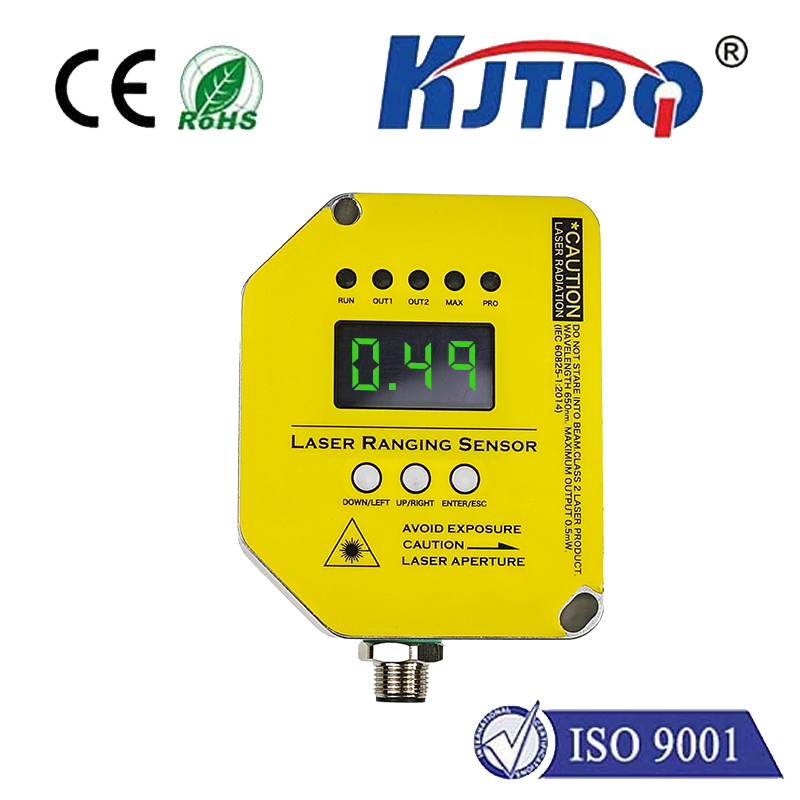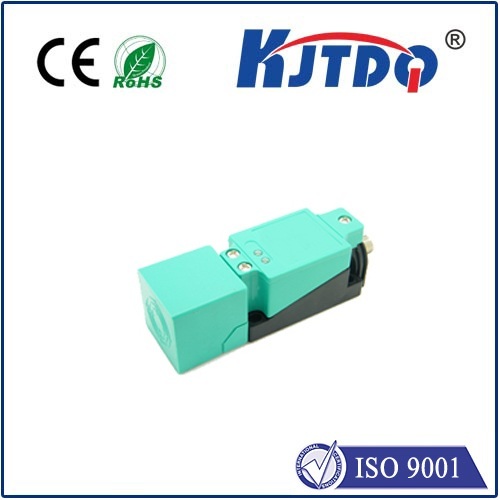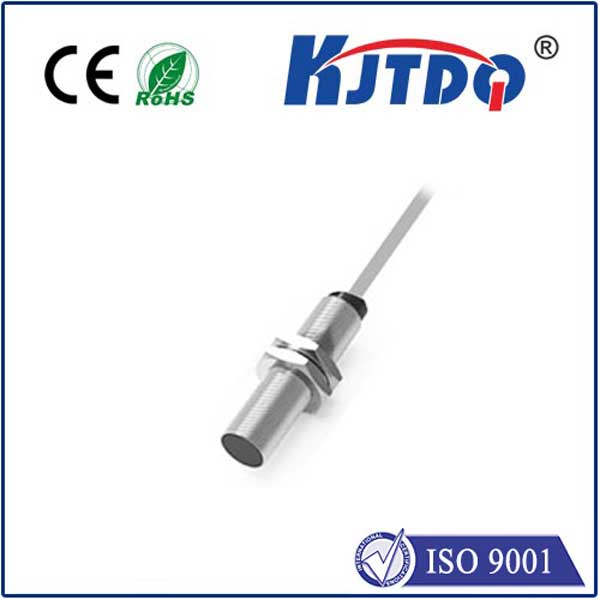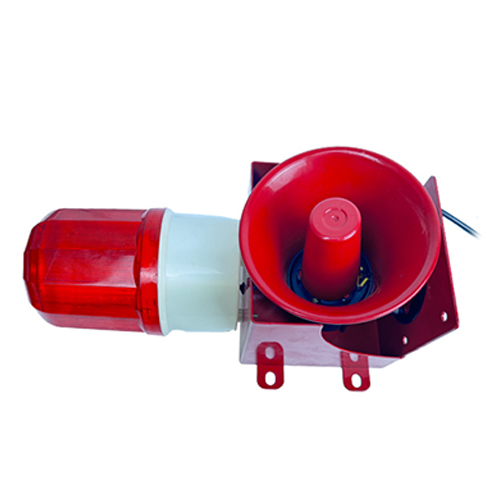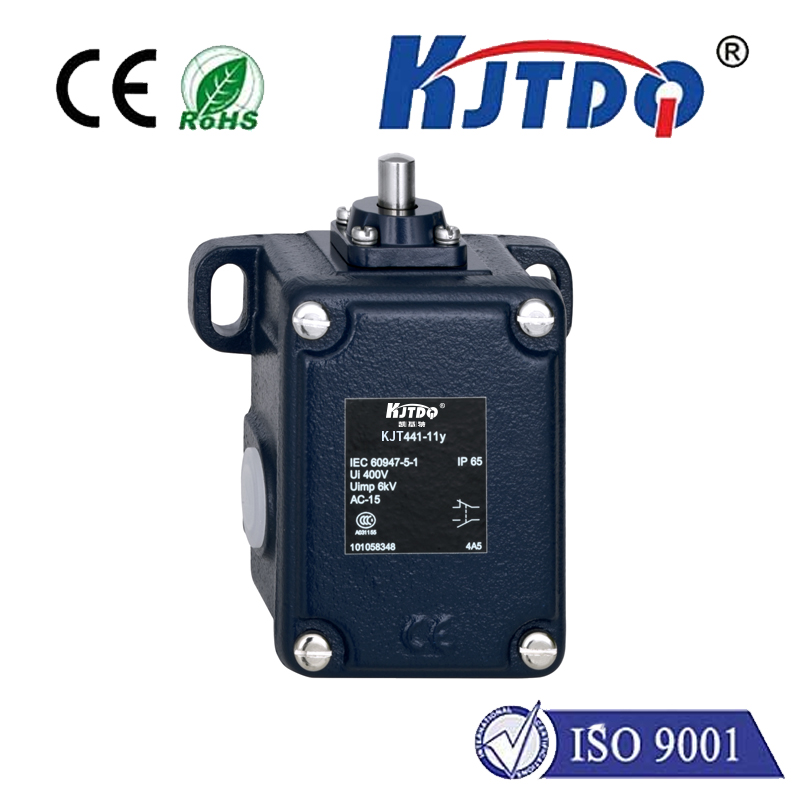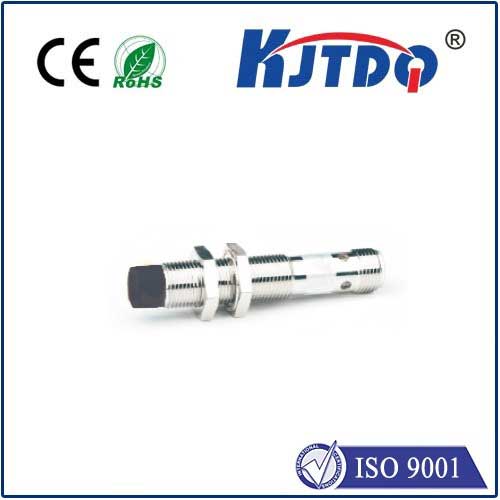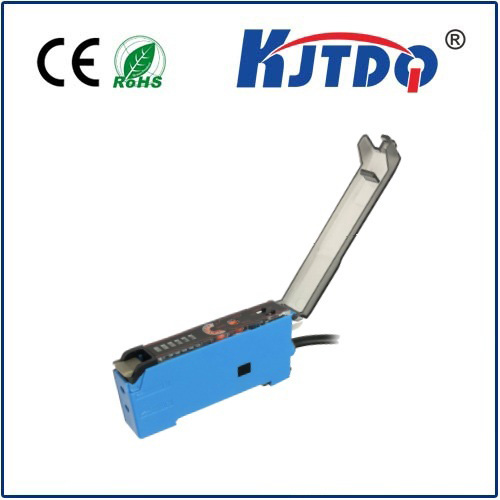Миниатюрный датчик приближения
- time:2025-06-14 03:01:00
- Нажмите:0
Tiny Proximity Sensors: The Unseen Powerhouse Reshaping Modern Technology
Imagine shrinking a crucial piece of technology down to nearly invisible size, yet empowering it to change how we interact with devices every single day. That’s the reality of tiny proximity sensors. These minuscule marvels, often measuring mere millimeters across, are fundamental building blocks silently enabling smarter, safer, and more intuitive experiences across an astonishing array of applications. This is the story of how extreme miniaturization is driving a revolution in sensing, moving far beyond the bulky detectors of the past.
What Exactly is a Tiny Proximity Sensor?
At its core, a proximity sensor detects the presence or absence of a nearby object without physical contact. Traditional sensors could be relatively large. Tiny proximity sensors, however, leverage cutting-edge materials science, semiconductor fabrication (like MEMS - Micro-Electro-Mechanical Systems), and circuit design to achieve unprecedented size reductions – often smaller than a grain of rice. Despite their diminutive stature, they perform the critical task of non-contact detection reliably.
The most common types found in these miniaturized forms are:
- Infrared (IR) Proximity Sensors: These emit an infrared light beam and measure the reflection to determine object presence and, often, approximate distance. Their compact size makes them ideal for portable devices.
- Capacitive Proximity Sensors: These detect changes in an electrical field caused by the approach of an object (even non-metallic). Miniaturized capacitive sensors excel in touchless interfaces and detecting through insulating materials.
- Inductive Proximity Sensors: Primarily detect metal objects by inducing eddy currents. While inherently needing coils, advancements allow much smaller inductive proximity sensors for industrial automation in tight spaces.
Why Miniaturization Matters: Unlocking New Possibilities

The drive towards tiny proximity sensors isn’t just for bragging rights; it unlocks transformative capabilities:
- Space-Constrained Applications: Their primary superpower is fitting where traditional sensors simply cannot. Think inside the sleek frames of modern smartphones (enabling screen blanking during calls), within the compact housings of True Wireless Stereo (TWS) earbuds (for play/pause control when removing an earbud), or embedded into ultra-thin bezels of laptops and tablets.
- Power Efficiency: Smaller sensors typically require less power to operate. This is critical for battery-powered devices like wearables (smartwatches, fitness trackers), IoT sensors, and hearables, extending battery life significantly.
- Cost Reduction: Mass production techniques for semiconductors enable manufacturing vast quantities of these miniaturized sensors at lower costs per unit, making proximity sensing economically viable for consumer electronics and widespread industrial use.
- Design Freedom: Engineers are liberated from bulky sensor housings, allowing for sleeker, more minimalist, and more aesthetically pleasing product designs. The proximity detection becomes invisible yet omnipresent.
- Enhanced Functionality in Compact Systems: Enabling features like object avoidance in tiny drones or robots, liquid level detection in small reservoirs, or position sensing in miniature actuators becomes possible only with ultra-compact proximity detection.
Where You’ll Find Tiny Proximity Sensors in Action (Often Unnoticed)
The applications for these miniature powerhouses are vast and continually expanding:
- Consumer Electronics: The undisputed champions. Tiny proximity sensors manage smartphone screen on/off during calls, enable automatic wake/sleep features in laptops and tablets, detect earbud insertion/removal (auto-play/pause), and facilitate gesture control in compact devices. The miniaturized IR sensor is ubiquitous here.
- Wearables & Hearables: Smartwatches use them to sense when placed face-down (sleep mode), fitness bands detect wrist presence, and TWS earbuds rely heavily on tiny proximity sensors for intuitive user control and power management.
- Automotive: Packed into tight spaces within dashboards, door handles (enabling keyless entry/passive start), sun visors (auto-dimming mirrors), and gear shifters for enhanced safety and user experience. Miniaturized capacitive sensors enable touch-sensitive controls.
- Промышленная автоматизация: Monitoring object presence on miniature conveyor belts, detecting tool position in compact machinery, end-of-travel sensing in small actuators, and ensuring safety in robotic cells where space is premium. Robust tiny inductive sensors are vital here.
- Medical Devices: Found in compact diagnostic equipment, portable monitors, and even implantable devices where space is critically limited and reliable proximity detection is essential for safety or function.
- Smart Home & IoT: Enabling presence detection in compact smart thermostats, automatic faucet controls in confined spaces, and contactless operation of miniature smart home interfaces. Low-power tiny proximity sensors are key for battery-operated IoT nodes.
The Core Tech Driving The Shrink: Innovation at the Micro Scale
Achieving such small sizes reliably involves significant engineering feats:
- Advanced Semiconductor Fabrication (MEMS): Allows the creation of microscopic mechanical structures (like IR emitters/detectors) directly on silicon chips, integrating optics and electronics seamlessly.
- Chip-Scale Packaging (CSP): Packaging techniques where the sensor die is almost the size of the final component, minimizing wasted space. This is crucial for achieving the smallest form factors.
- Low-Power ASIC Design: Development of custom Application-Specific Integrated Circuits (ASICs) optimized for minimal power consumption while processing sensor signals.
- Novel Materials: Use of specialized optical materials, high-sensitivity detector elements, and compact coil designs for inductive types.
Challenges and Future Trajectory of Tiny Sensing
Despite their successes, the quest for even smaller, more powerful sensors continues, facing challenges:
- Signal Integrity: As components shrink, managing noise and ensuring reliable signal detection becomes harder. Sophisticated algorithms are needed to filter signals effectively in miniaturized proximity sensors.
- Detection Range vs. Size: Balancing a useful detection range against the desire for ultra-miniaturization remains an engineering trade-off, though constantly improving.
- Material Sensitivity: Ensuring consistent performance across different target materials (especially for capacitive types) in compact designs.
The future is incredibly bright. Expect to see tiny proximity sensors becoming even smaller, more energy-efficient, and smarter. Integration with other sensors (like ambient light sensors, IMUs) on single chips will create powerful multi-functional sensing hubs. Enhanced AI capabilities will allow for more complex contextual awareness (e.g., distinguishing between intentional gestures and accidental proximity). Applications will expand further into areas like micro-robotics, advanced augmented reality/virtual reality (AR/VR) interfaces, and more sophisticated wearable health monitors.
The Invisible Engine of Modern Interaction
Tiny proximity sensors are a testament to the power of miniaturization. They prove that significant technological impact doesn’t require large footprints. By shrinking down proximity detection, engineers have embedded a layer of unseen intelligence into countless devices, making them more responsive, efficient, and user-friendly. From the smartphone in your pocket to the earbuds in your ears and the machines building our world, these miniature marvels are quietly but fundamentally reshaping our interaction with technology, proving that great things truly do come in small packages.


